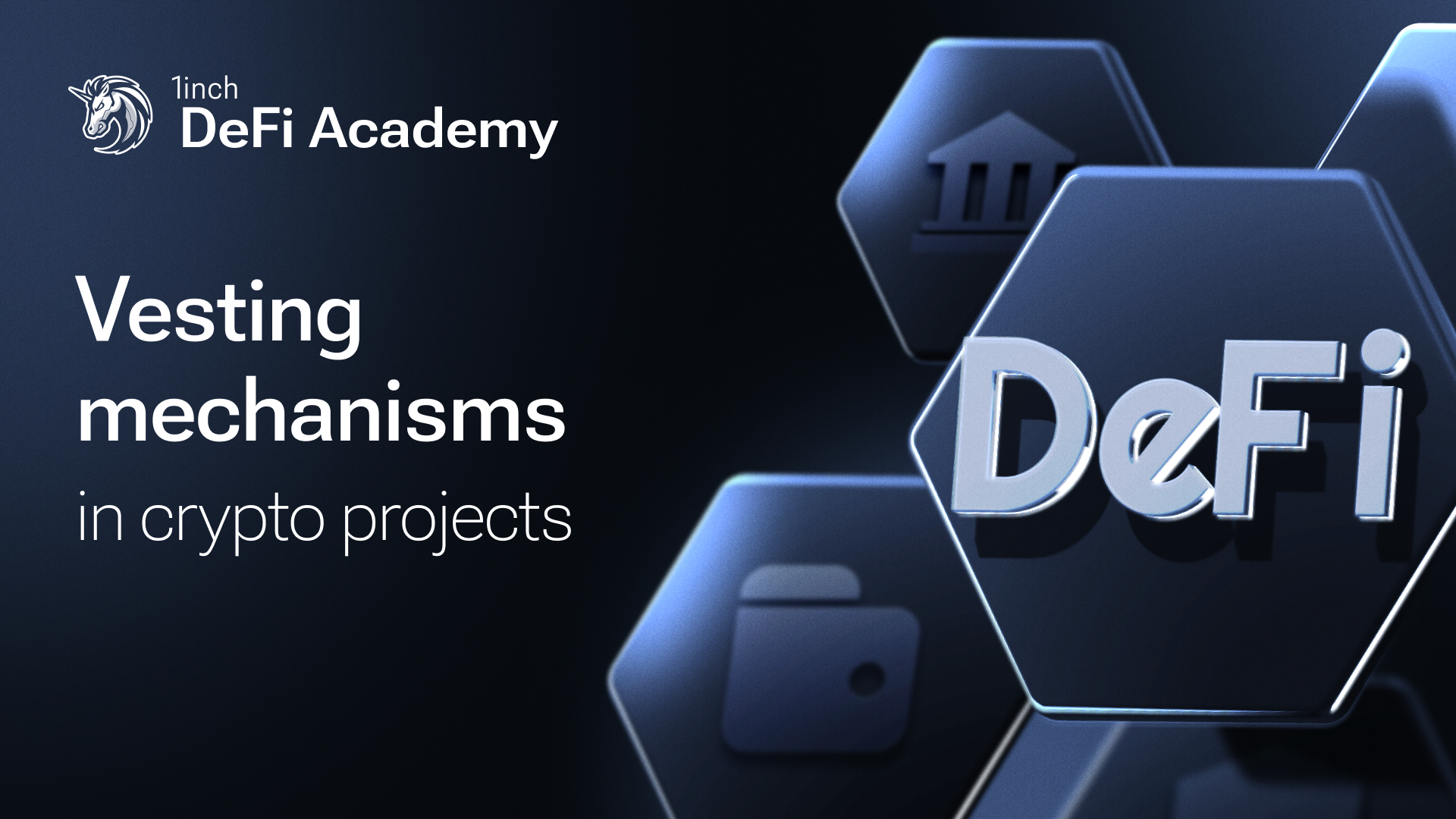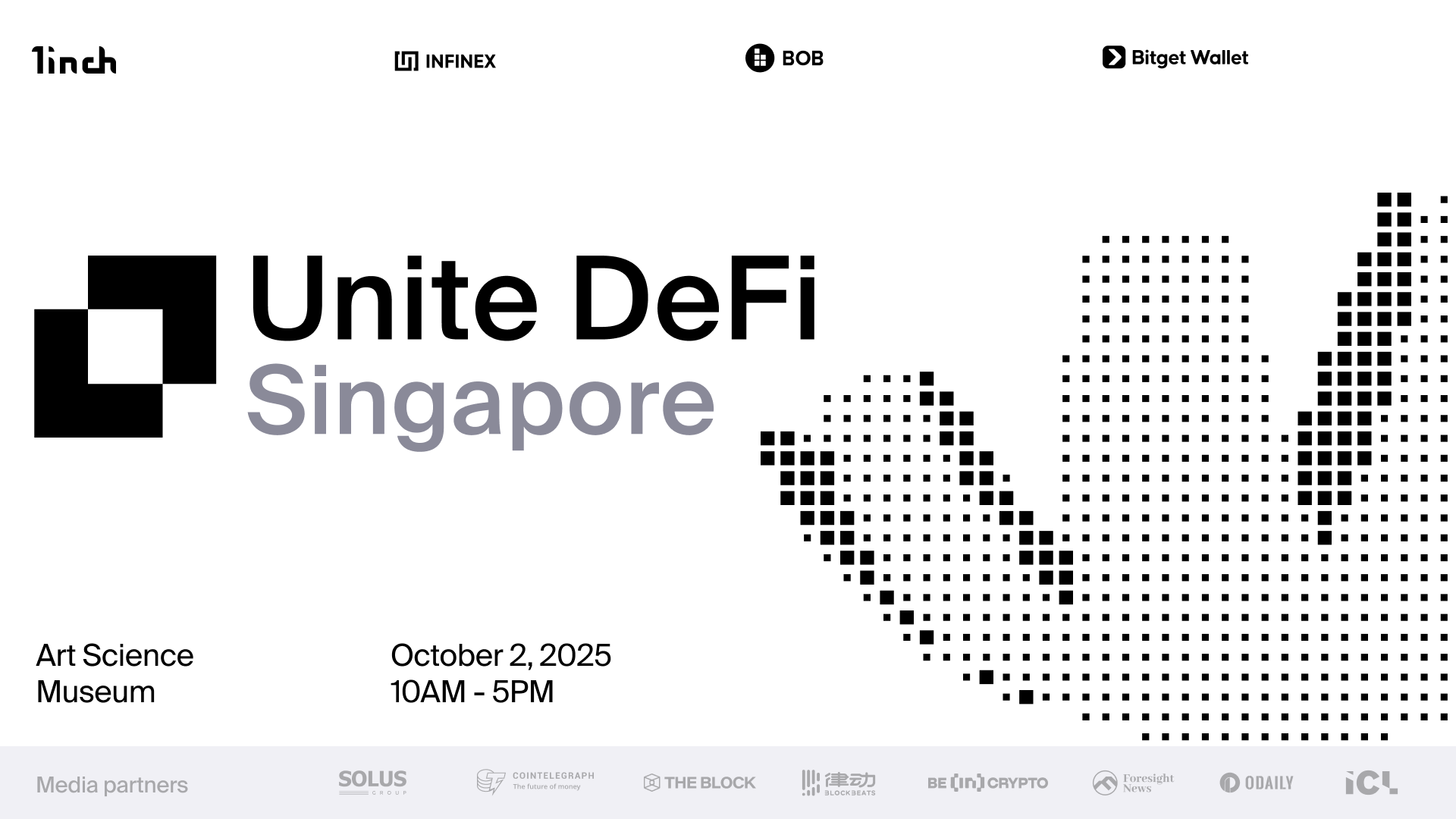Beyond lockups: the role of vesting in crypto sustainability

Vesting mechanisms define how and when tokens are distributed, aligning participants with a project’s long-term vision.
Token vesting is often mentioned in tokenomics breakdowns, but its role goes far beyond just delaying token access. At its core, vesting shapes how trust, responsibility and market dynamics play out in a crypto project. By controlling when and how tokens are released, vesting frameworks create friction – not as a bug, but as a feature. This deliberate pacing changes the incentives of everyone involved, from founders to early supporters.
What is token vesting?
Token vesting outlines a predefined system for distributing tokens to recipients like team members, advisors, or investors, specifying both timing and conditions for access. Rather than receiving their full allotment at once, recipients earn tokens gradually over time or upon meeting specific conditions. The distribution terms are typically established upfront and implemented through smart contracts deployed on the blockchain.
At its core, vesting helps prevent opportunistic behavior and encourages stakeholders to stay actively involved in the project’s development.
Example of a time-based vesting schedule:
Consider a scenario where a team member is granted 100,000 tokens with a vesting period of four years and a one-year cliff.
- After the first year, they receive 25% (the cliff).
- The remaining 75% is distributed through equal monthly releases over the next 36 months.
- Full ownership is reached at the end of the four-year period.
How does token vesting work?
Smart contract automation
In decentralized settings, token vesting is typically handled by smart contracts that automate the release of tokens according to a predefined schedule.These contracts ensure that tokens are issued based on predefined rules, removing the need for centralized oversight and reinforcing both transparency and reliability. Once deployed, they cannot be altered arbitrarily, which strengthens community trust.
Cliff period and release schedule
The cliff refers to a waiting period at the beginning of a vesting plan, during which no tokens become accessible. Once the cliff ends, token unlocking begins - typically in monthly intervals - over a set vesting period. This timeframe can be customized for each project based on its specific needs.
Optional mechanics
Certain vesting structures incorporate triggers based on project milestones or specific performance achievements. In many cases, recipients must actively claim their unlocked tokens through interaction with the vesting contract.
Types of vesting mechanisms
There are several methods for implementing token vesting in crypto, each reflecting different priorities in governance, incentives and risk management:
- Time-based vesting The most common approach. Tokens are distributed incrementally over a set duration—such as daily, monthly or quarterly. This often begins after a cliff period. Example: In the Arbitrum (ARB) project, team and investor tokens begin monthly vesting over 36 months starting March 16, 2024.
- Milestone-based vesting Token access is tied to the achievement of specific project goals—such as feature launches, protocol upgrades or user growth targets. This aligns token unlocks with measurable success. Note: Clearly defined milestones are essential to avoid ambiguity or disputes.
- Hybrid vesting A blended model where part of the tokens are released on a time-based schedule and the rest depend on reaching critical milestones.
- Reverse vesting A less conventional model in which beneficiaries initially hold their tokens, but the project reserves the right to reclaim them if predefined conditions aren’t met, such as continued involvement. This is often used with founders to align incentives while satisfying legal or regulatory structures.
Benefits of crypto vesting
- Helps prevent sudden price shocks by avoiding large, one-time token releases.
- Supports the project’s growth timeline by releasing tokens in phases.
- Discourages short-term speculation, fostering long-term commitment.
- Strengthens investor trust through transparent, rule-based governance.
Challenges and risks
Despite its strengths, vesting comes with potential drawbacks:
- Smart contract vulnerabilities Weak or unaudited code can expose vesting schedules to bugs or exploits.
- Liquidity constraintsAlthough locked tokens help prevent large-scale dumps, they can also lead to reduced liquidity and increased market volatility.
- Regulatory ambiguity Changing legal interpretations - especially for tokens resembling securities - may affect how vesting contracts are viewed or enforced.
- Communication gaps If vesting terms aren’t clearly explained, it can lead to misaligned expectations and community backlash. Transparent documentation and proactive communication are key.
Crypto vesting vs traditional models
While the concept mirrors traditional financial tools - like employee stock options (ESOs) or restricted stock units (RSUs) - the implementation is distinct. In Web3, vesting is driven by smart contracts rather than employment agreements or centralized HR processes.
This shift offers verifiable transparency, automated execution and immutable records on a global scale, bringing a modern, decentralized update to a long-established incentive model.
For builders, backers and communities alike, vesting remains one of the strongest tools for aligning vision with sustainable crypto innovation.
Stay tuned for more insights from 1inch as we explore the latest trends in DeFi!




























